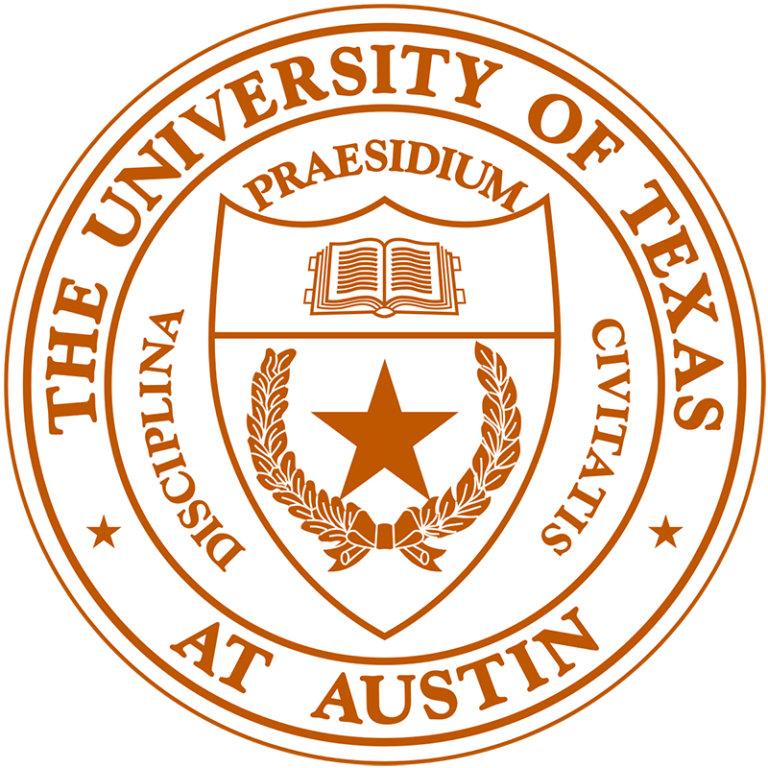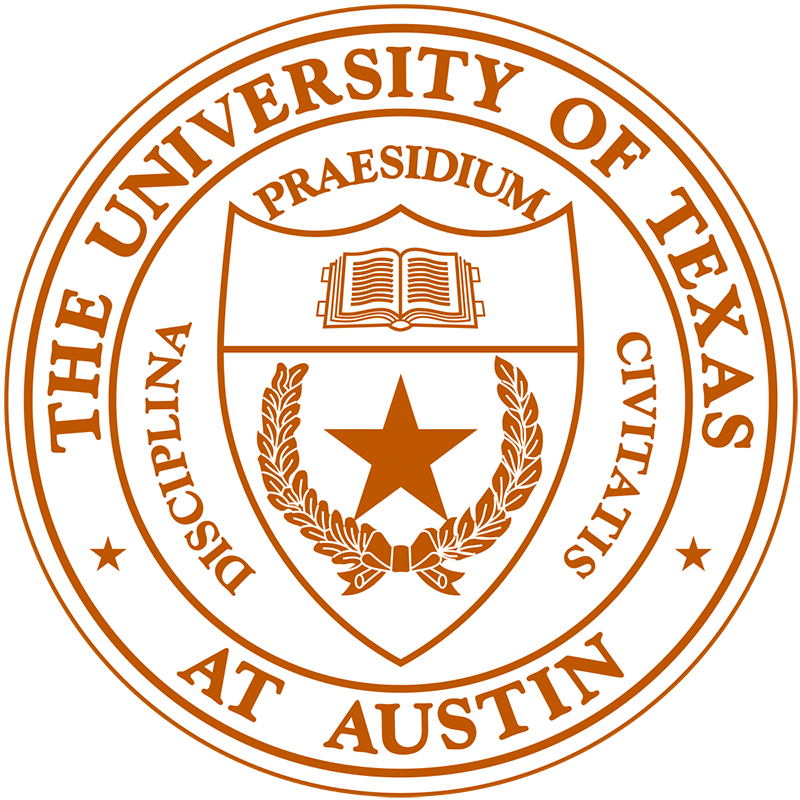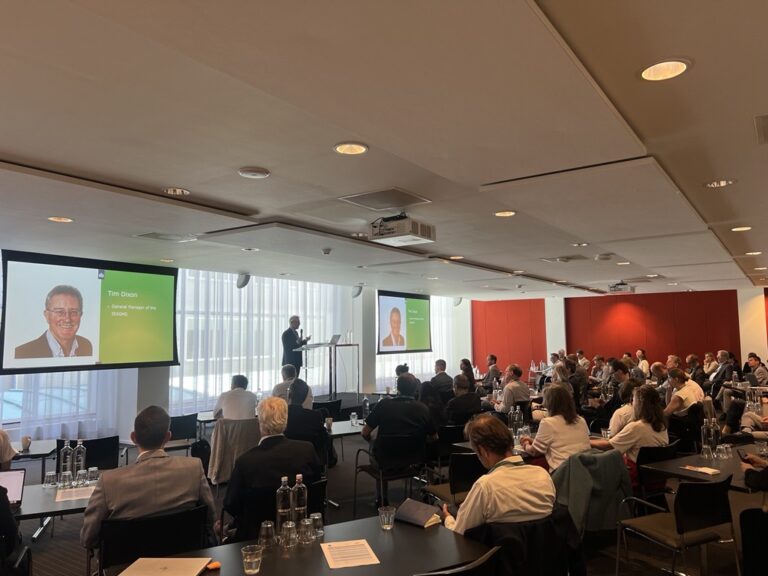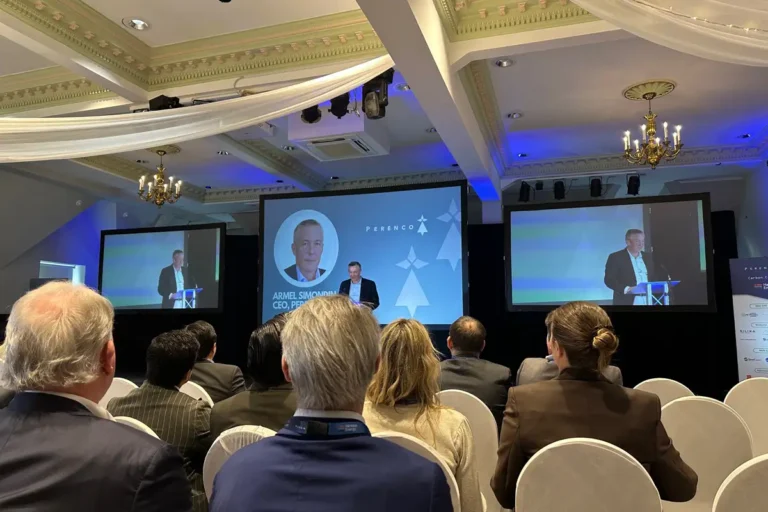
UTCCS-6 – Texas hotspot for CCUS
31 January 2022


The University of Texas at Austin held its 6th conference on carbon capture and storage from 25th to 27th January, in a fully virtual format. This conference combined the research and other activities from the Gulf Coast Carbon Centre, the Texas Carbon Management Programme, the UT Energy Institute, and the Department of Petroleum and Geosystems Engineering.
The US Gulf Coast region is becoming a hotspot for CCUS project activities, onshore and increasingly offshore, with many announcements recently from major companies, and the University of Texas is an ideally placed and key institution for these developments.
To open, Gary Rochelle updated us on the Texas Carbon Management Programme (TxCMP) and its test campaigns of amine post combustion capture. Sue Hovorka updated us on the Gulf Coast Carbon Centre’s (GCCC) work in the storage areas, including preparation for storage at the Gt scale, and the GoMCarb and SECARB projects and the monitoring of the CO2 from the Petra Nova project. The conference later split into two streams, one capture-orientated and one storage and broader orientated.
Jennifer Wilcox, Principal Deputy Assistant Secretary for Office of Fossil Energy and Carbon Management (FECM) gave a plenary presentation on the Federal government’s activities on CCUS and CDR, including their assessments of CO₂ emissions from all major uses of all fossil fuels and their mitigations means. FECM’s mission is deep decarbonisation and EJ. The priority technology areas are: point source CO2 capture, CDR, CO2 conversion into products; reliable CO2 storage; hydrogen production; critical mineral production from wastes; and methane mitigation. Dr Wilcox also described the new legislative provisions in terms of new funding for EPA Class VI work and addressing the regulatory barriers for offshore. A very recent development is the creation of an Office of Clean Energy Demonstrations, which will work with industry on demonstrations of clean hydrogen, CCS, energy storage, and small modular reactors.
Gary Rochelle also gave a most interesting plenary presentation on impacts on air quality from amine capture, ie on PM2.5, nitrosamines, NOx/NO and SO2. This is in the context of EJ concerns, and Gary was able to provide some quantification of the benefits in emission reductions and what emissions to pay particular attention to. He looked at both coal and gas power plant, and described the currently available methods to mitigate the emissions such as fabric filters, stack height, prescrubbing, and water wash and amine selection, and made recommendations to increase the benefits of co-pollutant removal when using amine scrubbing.
In the storage stream, Katherine Romanak gave a review of the last four year phase of GCCC outreach in terms of what they call the “CCUS Ecosystem”. This includes over 100 presentations, 57 peer-reviewed papers, many workshops including the offshore CCS series, participation in three EU ACT projects, and engagement with industry, NGOs and governments including assisting Trinidad and Tobago and Nigeria to progress CCS in their countries.
Tip Meckel provided a review of offshore CCUS activities in the Gulf of Mexico. This included a new announcement by Air Liquide, BASF and Shell to join other companies such as Chevron, ExxonMobil and INEOS in developing CCS around the Houston area. He included Venture Global LNG investing in CCS on a new LNG facility, NetPower developments, and Air Products and Oxy Low Carbon Ventures developments. The Texas General Land Office (GLO) issued their first offshore storage lease, near Port Arthur, to Talos, and GLO have also entered into an agreement with the Port of Corpus Christi Authority to develop storage in the Coastal Bend region of Texas. Tip also covered the amendments in the regulations for offshore storage provided by the Infrastructure Act (2021) which will remove current legal barriers and require the development of a storage permitting framework within a year. Tip also highlighted that the current Federal government authorisations of over $6bn for CCUS is the most ever for CCUS in the USA. Tip also drew attention to the recent Princeton report on the USA achieving net zero by 2050, which describes the storage capacity distribution, sources and pipelines needed for CCUS to play its key role in achieving this objective, which all provide a focus around the Gulf Coast area. Some impressive metrics on scale-up from that work, which Tip’s other work shows could be achieved.
Ramon Gil gave a very interesting presentation on their work on ‘Environmental Justice’ (EJ) considerations for CCUS projects. Federally funded CCUS projects and the EPA with Class VI applications now require EJ assessments. Ramon reported on their assessment of current EJ screening tools for their usefulness for CCUS.
Alex Bump reported on the growing training needs in CCUS, mentioned the University of Edinburgh’s free online CCUS course, and the bespoke courses GCCC were providing for professionals around the world.
Tip Meckel provide their assessment of the Gulf Coast storage assessment for Gt scale storage, with reassuring conclusions on pressure build up and cross-project interference, drawing upon data from real-world produced water injection at similar scales.
In the subject of monitoring, Sue Hovorka presented on their work on the monitoring lifecycles, including a methodology for a “science-based tool selection”, to design monitoring methods to detect quantified material impacts of concern. Drawing upon their experiences with projects since 2004 (Frio) to current commercial projects, and dialogues with regulators, NGOs and industry, their many conclusions and recommendations include that better site characterisation minimises risks, and what you can learn from operational monitoring will greatly assist with site closure.
Katherine Romanak provided an update on attribution methodologies and methods, including where incorporated into recent regulations, and new sensor developments and applications offshore internationally.
In the UT Energy Institute session, with more of an emphasis on policy aspects, Michael Webber of the UT Energy Institute provided an interesting corporate climate-strategy comparison between a large European energy company with energy companies in Texas. As a scene-setter, I gave a review of COP26 outcomes and implications for CCUS.
The level of interest in the conference was reflected by the good attendance of 270 people and the many good questions and ideas exchanged in the Q&A. Texas is certainly looking like a CCUS hotspot!
Other articles you might be interested in
Get the latest CCS news and insights
Get essential news and updates from the CCS sector and the IEAGHG by email.
Can’t find what you are looking for?
Whatever you would like to know, our dedicated team of experts is here to help you. Just drop us an email and we will get back to you as soon as we can.
Contact Us NowOther articles you might be interested in
Get the latest CCS news and insights
Get essential news and updates from the CCS sector and the IEAGHG by email.
Can't find what you are looking for?
Whatever you would like to know, our dedicated team of experts is here to help you. Just drop us an email and we will get back to you as soon as we can.
Contact Us Now









